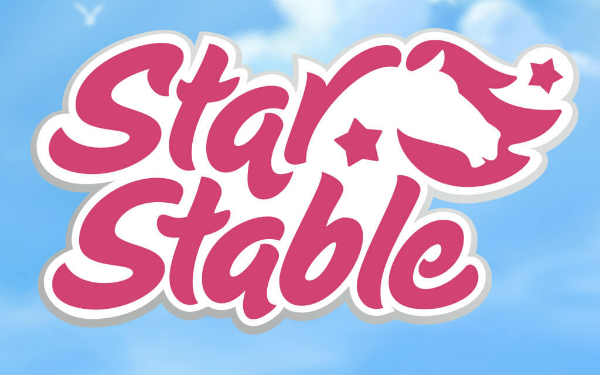Your Horse swollen hock pictures images are available in this site. Horse swollen hock pictures are a topic that is being searched for and liked by netizens now. You can Download the Horse swollen hock pictures files here. Download all free photos and vectors.
If you’re searching for horse swollen hock pictures images information linked to the horse swollen hock pictures topic, you have pay a visit to the ideal blog. Our website always gives you hints for seeing the highest quality video and image content, please kindly surf and find more informative video content and images that fit your interests.
Horse Swollen Hock Pictures. The problem usually appears as lameness or swelling of this joint in young horses. The horses hock joint is one of the hardest working of all the joints and plays a critical role especially in performance horses. This type of spavin is a firm swelling of the inside front corner on the lower half of the hock. Some sores just become larger andor deeper.
 Case 3 Danny 20 Year Old Thoroughbred Gelding South Shore Equine Clinic From ssequineclinic.com
Case 3 Danny 20 Year Old Thoroughbred Gelding South Shore Equine Clinic From ssequineclinic.com
There are large tendons that run over its. In this horse swelling was caused by superficial digital flexor tendonitis. Spread 12 to 1 cup of the poultice over the point of your horses hock and down onto the joint and any adjacent tissues that appear to be swollen. Fluid filled non-pitting swelling on front of the hock is called a bog spavin distended medial sheath of the tarsocrural jt. Even though it may look. Finally cover the plastic wrap with a polo wrap or track bandage.
While it always breaks your heart when your horse is in pain the good news is that hock injuries can be addressed.
It is unfortunate when horses are treated for a sore back for long periods of time often with alternative therapies without considering that a lameness. Extra fluid in the joint capsule is the cause of this swelling. Idiopathic windpuffs tend to be. The healing process cannot take place unless a protective layer is placed between the ground and the skin. Typically swollen legs occur in the hind legs and in addition to being called. The horses hock is made up of 10 bones and 4 joints supported by several ligaments.
 Source: equimed.com
Source: equimed.com
It is unfortunate when horses are treated for a sore back for long periods of time often with alternative therapies without considering that a lameness. People often first notice the swelling at shows because their horses are confined to stalls and deprived of the regular turnout they enjoy at home. While not 100 treatable there are different injections and exercises that will reduce pain and tenderness. Some causes for this condition may be minor and some may be more serious. Some sores just become larger andor deeper.
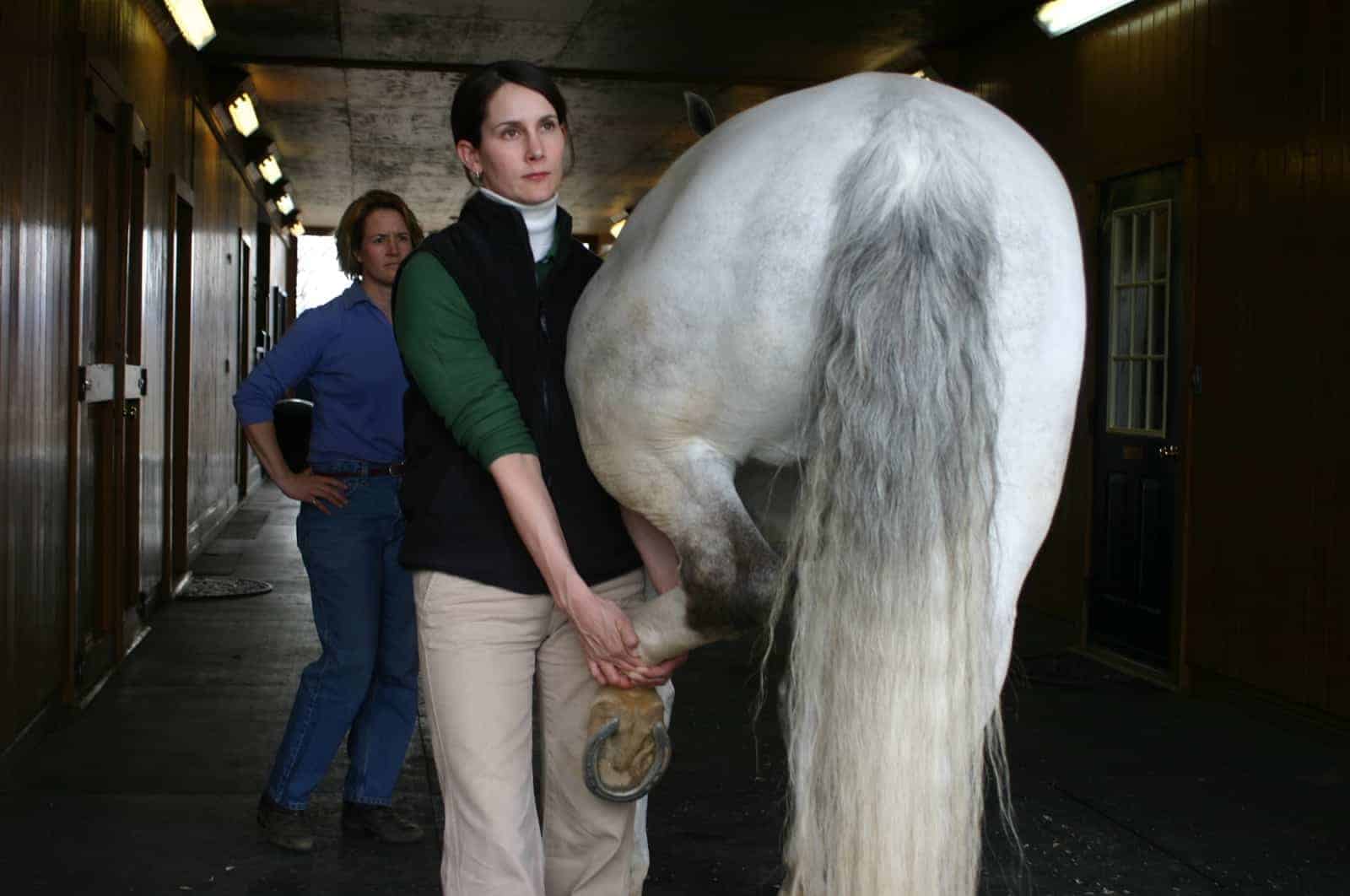 Source: thehorse.com
Source: thehorse.com
Some sores just become larger andor deeper. Capped hock or bursal enlargement bursitis in horses is not uncommon and can affect any age discipline or breed of horses. Some causes for this condition may be minor and some may be more serious. This type of spavin is a firm swelling of the inside front corner on the lower half of the hock. The type with a hook-and-loop fastener is safer than one with a string-tie Apply the wrap or bandage in a figure-eight.
 Source: horseandponymag.com
Source: horseandponymag.com
Typically swollen legs occur in the hind legs and in addition to being called. On the other hand a bog spavin is a soft swelling of the front inside corner in the upper half of the hock. In this horse swelling was caused by superficial digital flexor tendonitis. While it always breaks your heart when your horse is in pain the good news is that hock injuries can be addressed. Fractures are usually associated.
 Source: ssequineclinic.com
Source: ssequineclinic.com
Underlying lameness should always be considered and ruled out in a back sore horse. Some sores just become larger andor deeper. There are large tendons that run over its. The largest joint is the tarso crural joint TCJ which forms the upper part of the hock and has a ball and socket mechanism. A more specific trauma such as twisting or wrenching is normally the cause of a bog spavin.
 Source: equisearch.com
Source: equisearch.com
Sickle-hocked and in-at-the-hock conformation lead directly to curb a finding most common in Standardbred STB and Thoroughbred TB racehorses. The horses hock is made up of 10 bones and 4 joints supported by several ligaments. Horses most frequently develop idiopathic windpuffs especially when swelling is evident on both sides of the tendon and bilaterally symmetrical in both hind limbs. Some causes for this condition may be minor and some may be more serious. Back soreness is often secondary to hock and other hind limb lameness.
 Source: magzter.com
Source: magzter.com
Prognosis for STB racehorses with sickle-hocked conformation and curb is worse in a. Does the horse react. It is also one of the most complicated. Lift and gently manipulate the limb. It is caused by a traumatic injury or repeatedly kicking a fence wall or trailer door.
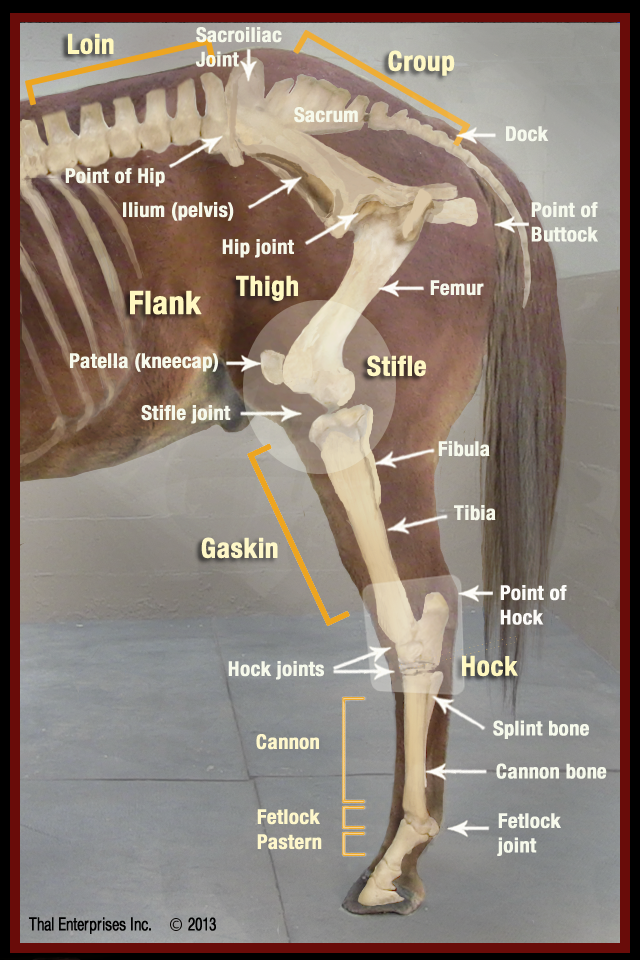 Source: horsesidevetguide.com
Source: horsesidevetguide.com
The type with a hook-and-loop fastener is safer than one with a string-tie Apply the wrap or bandage in a figure-eight. A more specific trauma such as twisting or wrenching is normally the cause of a bog spavin. The horses hock is made up of 10 bones and 4 joints supported by several ligaments. Prognosis for STB racehorses with sickle-hocked conformation and curb is worse in a. Keep in mind that infections are often associated with fever.
 Source: horseanswerstoday.com
Source: horseanswerstoday.com
Keep in mind that infections are often associated with fever. With time and miles the joints can start to break down and cause hock problems in horses. While not 100 treatable there are different injections and exercises that will reduce pain and tenderness. The hocks are a key part of your horses hind-end driving mechanism. Finally cover the plastic wrap with a polo wrap or track bandage.
 Source: atlantaequine.com
Source: atlantaequine.com
Does the horse react. When accompanied by the Dark Blue swelling and just on the outside it is the distended lateral sheath of the tarsocrural jt. Fluid filled non-pitting swelling on front of the hock is called a bog spavin distended medial sheath of the tarsocrural jt. The horses hock is made up of 10 bones and 4 joints supported by several ligaments. Swelling Around the Hock - By Dr Kevin Squire Garrards Horse Hound Autumn 2012.

People often first notice the swelling at shows because their horses are confined to stalls and deprived of the regular turnout they enjoy at home. Horses with sickle-hocked conformation are said to be curby see Chapter 4. Finally cover the plastic wrap with a polo wrap or track bandage. The swelling is a fluid-filled joint sac that may develop because of the strain of jumping dressage or reining when a young or unfit horse is asked for exercise beyond its level of fitness. The largest joint is the tarso crural joint TCJ which forms the upper part of the hock and has a ball and socket mechanism.
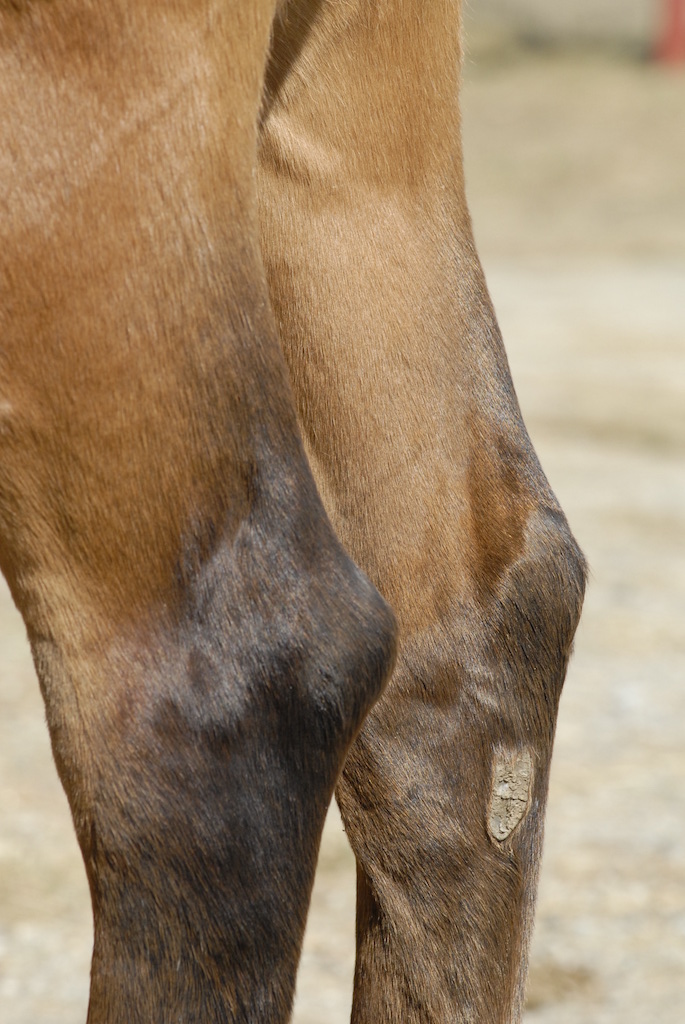 Source: horseandponymag.com
Source: horseandponymag.com
There are large tendons that run over its. Even though it may look. Horses most frequently develop idiopathic windpuffs especially when swelling is evident on both sides of the tendon and bilaterally symmetrical in both hind limbs. Back soreness is often secondary to hock and other hind limb lameness. Prognosis for STB racehorses with sickle-hocked conformation and curb is worse in a.
 Source: horsenetwork.com
Source: horsenetwork.com
Swelling Around the Hock - By Dr Kevin Squire Garrards Horse Hound Autumn 2012. The type with a hook-and-loop fastener is safer than one with a string-tie Apply the wrap or bandage in a figure-eight. Prognosis for STB racehorses with sickle-hocked conformation and curb is worse in a. A capped hock is an inflamed and swollen calcaneal bursa sac of the ankle that can grow up to the size of a tennis ball or even larger in some cases. The Hock Shield is a custom fit hock protector designed to STAY IN.
 Source: yourhorse.co.uk
Source: yourhorse.co.uk
While not 100 treatable there are different injections and exercises that will reduce pain and tenderness. In this horse swelling was caused by superficial digital flexor tendonitis. Loosely cover the poultice with plastic cling wrap. The largest joint is the tarso crural joint TCJ which forms the upper part of the hock and has a ball and socket mechanism. If a horse has a hock injury or bed sore repeated lying down can aggravate it and prevent healing.
 Source: equisearch.com
Source: equisearch.com
There are 10 and sometimes 11 bones involved in what we call the hock joint and these are arranged in four layers of joints. A curb or curby hocks is a condition resulting from enlargement of the plantar ligament that runs along the back of the hock. Fluid filled non-pitting swelling on front of the hock is called a bog spavin distended medial sheath of the tarsocrural jt. Actions such as jumping and work at collected gaits which call for extra hind-end effort are especially tough on these hard-working joints. While not 100 treatable there are different injections and exercises that will reduce pain and tenderness.
 Source: equilibriumproducts.com
Source: equilibriumproducts.com
Extra fluid in the joint capsule is the cause of this swelling. Also known as static congestion it is a result of blood and lymph pooling within the hocks causing swelling. The hocks are a key part of your horses hind-end driving mechanism. Horses with sickle-hocked conformation are said to be curby see Chapter 4. This complex joint structure is held together with numerous ligaments.

The swelling is a fluid-filled joint sac that may develop because of the strain of jumping dressage or reining when a young or unfit horse is asked for exercise beyond its level of fitness. Loosely cover the poultice with plastic cling wrap. If you notice any deviations from this or notice swelling tenderness or heat at the hock its time to call your vet. Does the horse react. The Hock Shield is a custom fit hock protector designed to STAY IN.
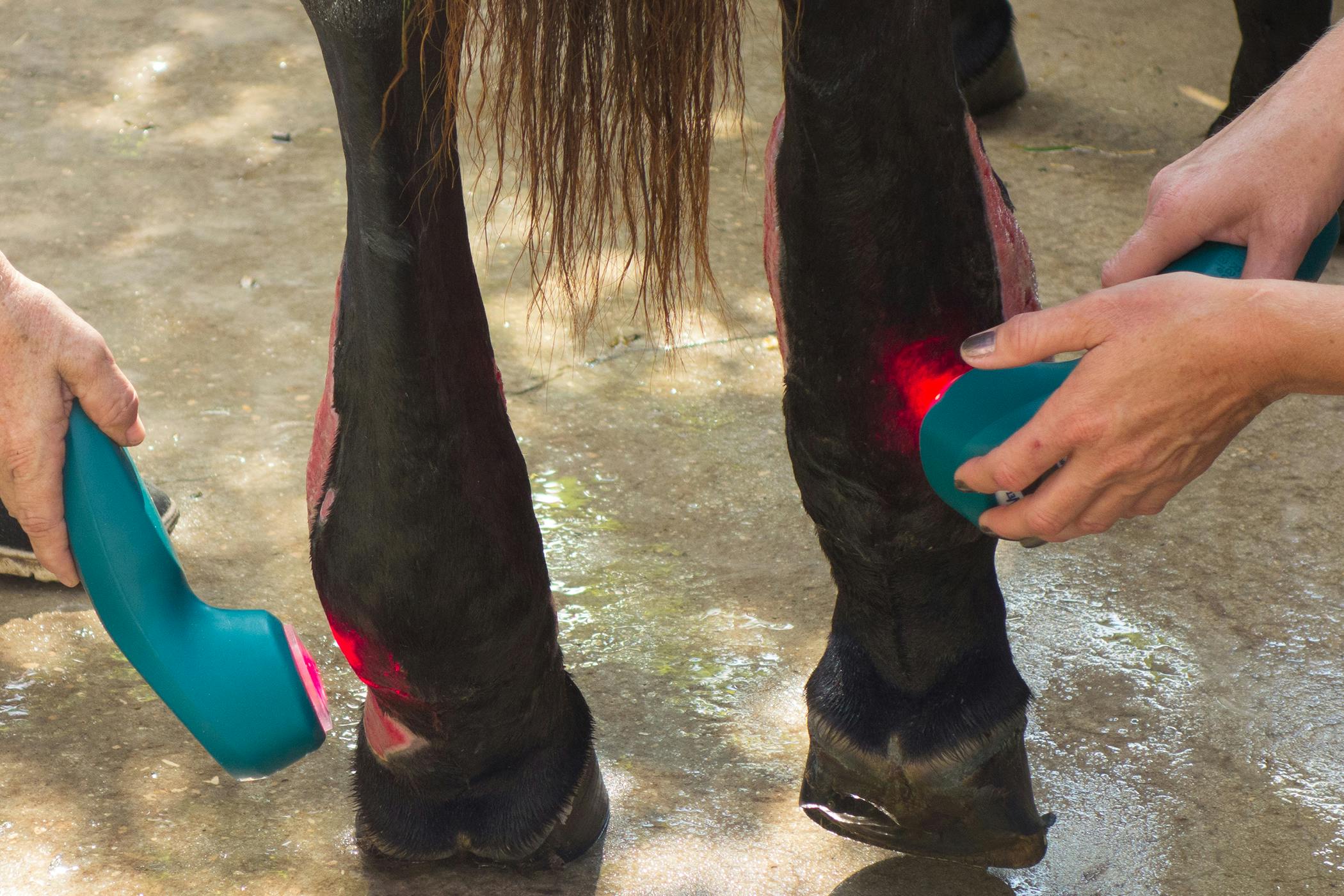 Source: wagwalking.com
Source: wagwalking.com
Typically swollen legs occur in the hind legs and in addition to being called. When accompanied by the Dark Blue swelling and just on the outside it is the distended lateral sheath of the tarsocrural jt. On the other hand a bog spavin is a soft swelling of the front inside corner in the upper half of the hock. The swelling is a fluid-filled joint sac that may develop because of the strain of jumping dressage or reining when a young or unfit horse is asked for exercise beyond its level of fitness. Loosely cover the poultice with plastic cling wrap.
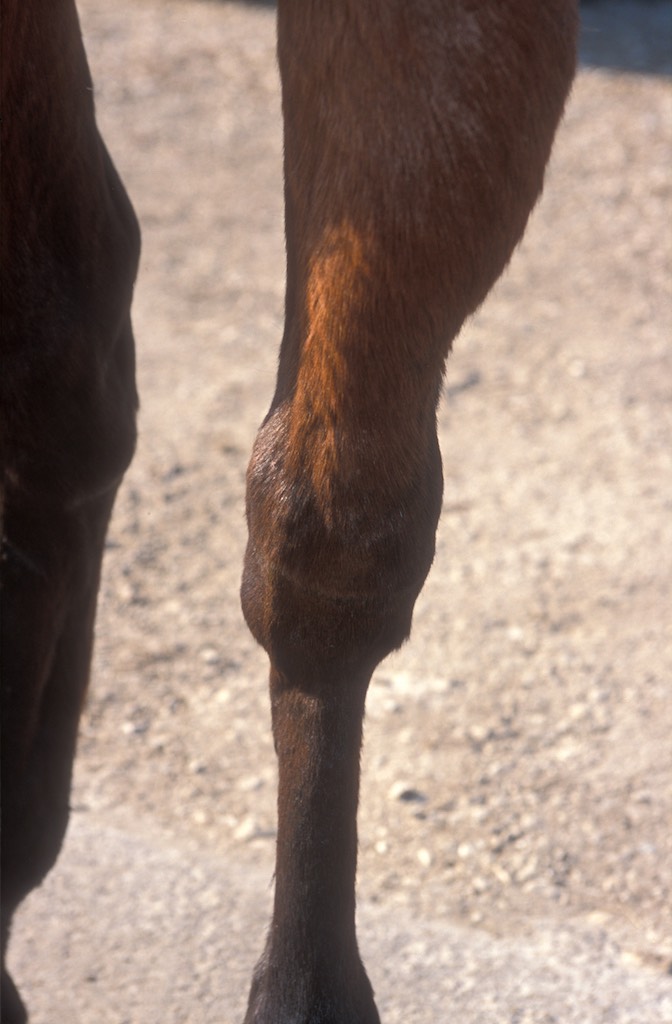 Source: horseandponymag.com
Source: horseandponymag.com
Fluid filled non-pitting swelling on front of the hock is called a bog spavin distended medial sheath of the tarsocrural jt. Idiopathic windpuffs tend to be. Fractures are usually associated. A capped hock is an inflamed and swollen calcaneal bursa sac of the ankle that can grow up to the size of a tennis ball or even larger in some cases. The problem usually appears as lameness or swelling of this joint in young horses.
This site is an open community for users to submit their favorite wallpapers on the internet, all images or pictures in this website are for personal wallpaper use only, it is stricly prohibited to use this wallpaper for commercial purposes, if you are the author and find this image is shared without your permission, please kindly raise a DMCA report to Us.
If you find this site adventageous, please support us by sharing this posts to your preference social media accounts like Facebook, Instagram and so on or you can also bookmark this blog page with the title horse swollen hock pictures by using Ctrl + D for devices a laptop with a Windows operating system or Command + D for laptops with an Apple operating system. If you use a smartphone, you can also use the drawer menu of the browser you are using. Whether it’s a Windows, Mac, iOS or Android operating system, you will still be able to bookmark this website.
